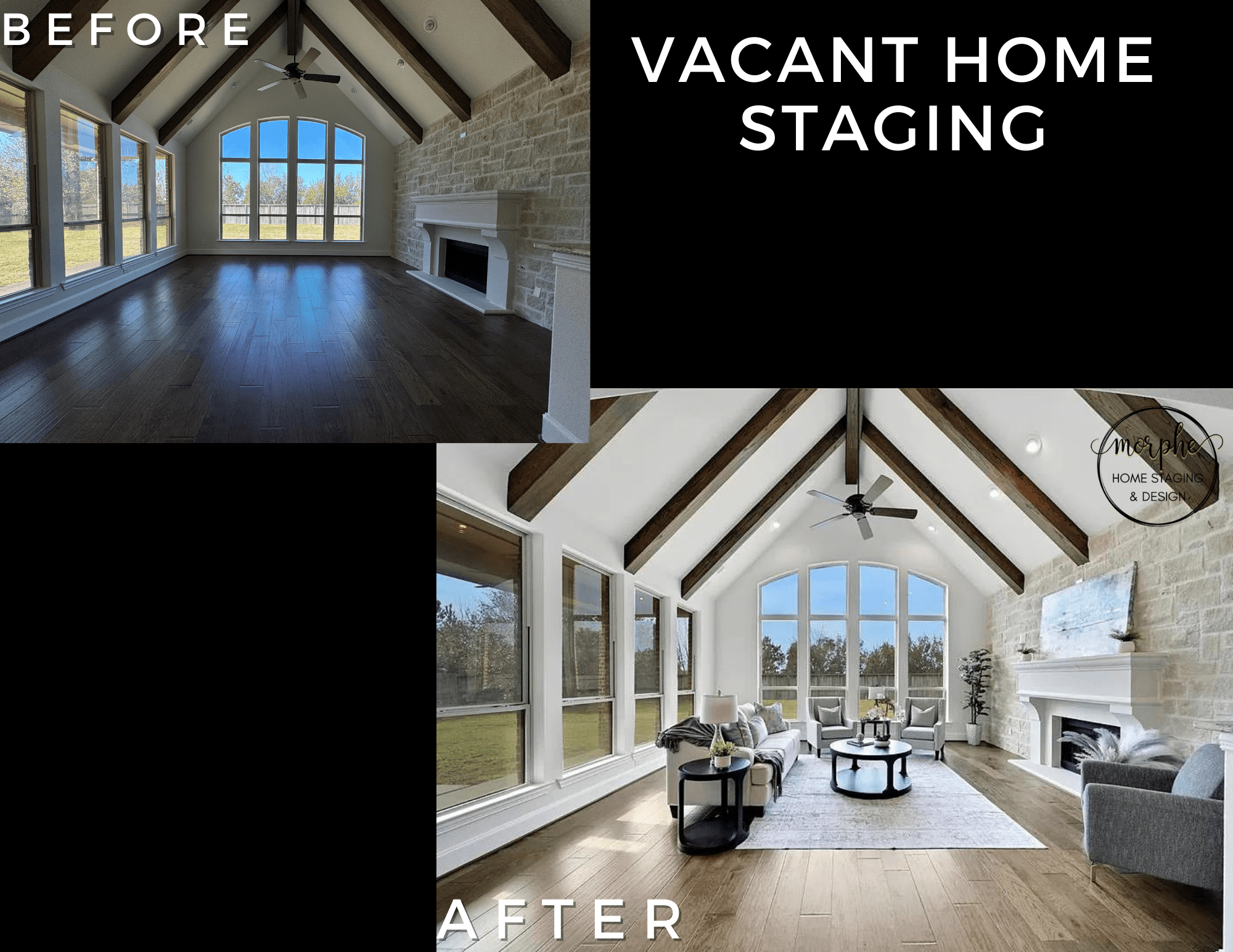by morphe-admin | Jul 10, 2024 | Uncategorized
In the evolving world of interior design, e-design has developed as an innovative approach, transforming how we conceptualize and execute our dream spaces. But what exactly is e-design, and why is it considered a luxury service? Let’s dive into this modern-day...

by morphe-admin | Mar 8, 2024 | Uncategorized
Navigating Staging Discussions: Insights from a Home Stager In the world of real estate, staging plays a vital role in presenting properties in their best light. As a seasoned home stager and designer, engaging in discussions about staging with clients is not just...


